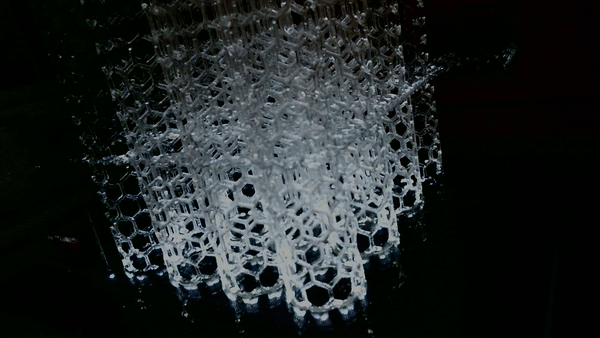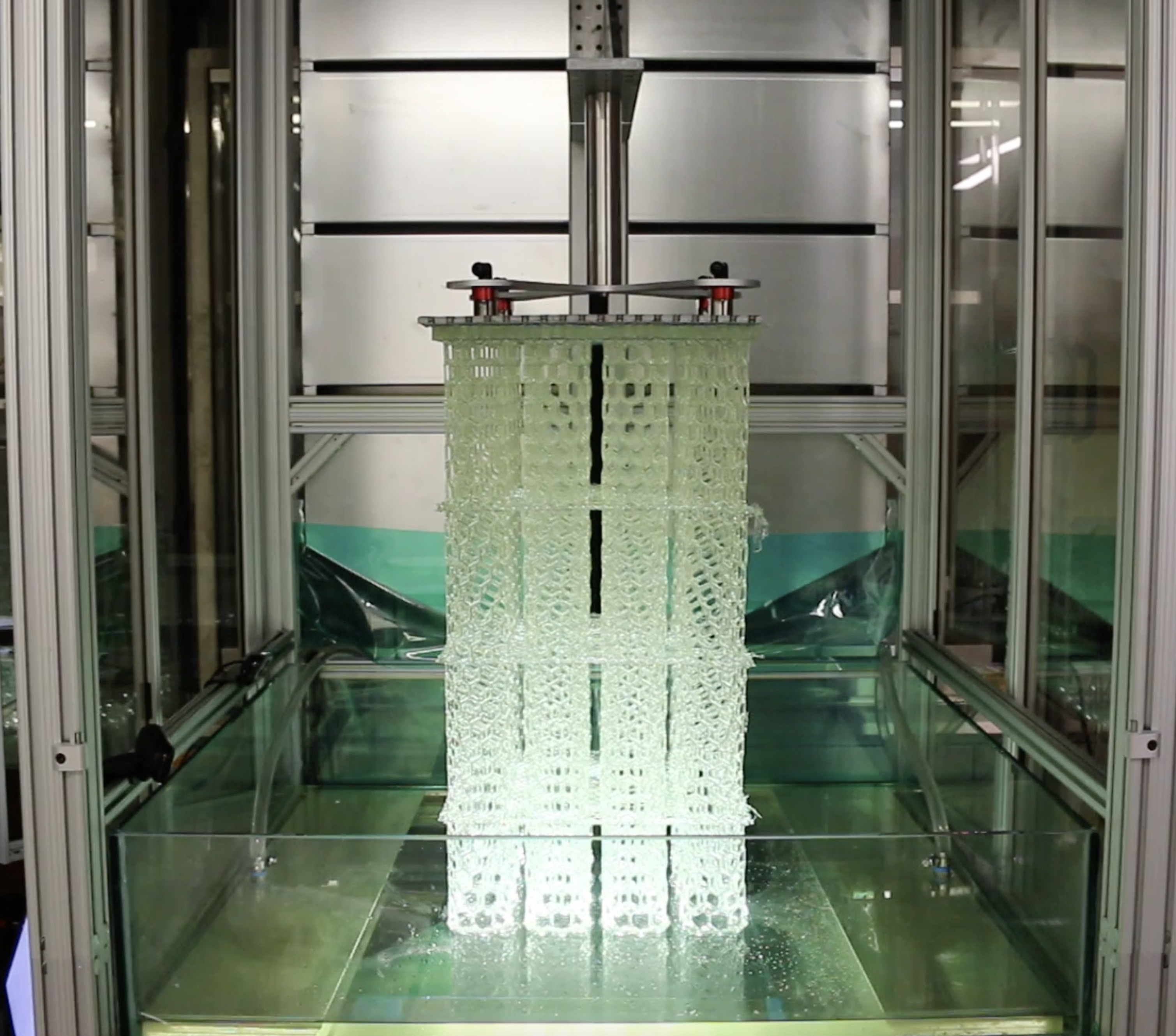Azul 3D, an Illinois-headquartered 3D printer manufacturer, has completed its second stage of seed financing, where it raised $5.4 million in funding. The company’s total investments now stand at over $8 million, although details of the investors involved in the latest round were not revealed.
Azul 3D states that it will use the new injection of cash to advance its proprietary high area rapid printing (HARP) 3D printing technology, a large-scale SLA process originally developed at Northwestern University.
As well as launching its first commercial HARP 3D printers, Azul 3D will leverage the funding to expand its operations to prepare for product launch, recruit senior leadership, and build its manufacturing facility.

What is high area rapid printing technology?
Azul 3D is a spin-off of Northwestern aiming to commercialize HARP 3D printing technology. Founded in 2016 by Chad A. Mirkin, David Walker and James Hedrick, researchers and professors at Northwestern, the company has been operating in stealth mode over the last few years.
In late 2019, details of the HARP process were revealed in a paper published by the researchers. The Azul 3D founders explained that their prototype HARP 3D printer could print half a yard (457.2 mm) in an hour, a reportedly record-breaking throughput in 3D printing. Standing at 13-feet (3962 mm) tall, the HARP 3D printer uses a patent-pending version of SLA technology to 3D print objects “the size of an adult human” on demand, according to the research team.
Mirkin, leader of HARP’s product development, believes HARP overcomes the limitations of previous 3D printing technologies: “3D printing is conceptually powerful but has been limited practically. If we could print fast without limitations on materials and size, we could revolutionize manufacturing. HARPis poised to do that.”
Specifically, Azul 3D positions its HARP process as a solution to resin-based 3D printers that are either limited in size in order to optimize printing speed, or conversely hampered by low throughput for a larger build volume. “When you can print fast and large, it can really change the way we think about manufacturing,” Mirkin adds. “With HARP, you can build anything you want without molds and without a warehouse full of parts. You can print anything you can imagine on-demand.”
Azul 3D’s HARP technology is able to utilize a large-scale SLA build while maximizing on speed through the use of a nonstick liquid known as fluorinated oil that removes heat and resists adhesion to the print bed. This prevents cracking that larger SLA build volumes are prone to, while also increasing print speed. Carbon’s Continuous Liquid Interface Printing (CLIP) technology, for instance, also prevents adhesion between part and the bottom of the print vat using an oxygen “dead layer”, however it is still subjected to the limitations caused by heat, explained the Azul 3D founders.

Transitioning to a ‘manufacture on-demand’ mentality
Now having completed its second stage of seed financing, Azul 3D expects to ship its first HARP 3D printers to beta partners in the first quarter of 2021, with a full launch of production-ready printers at the end of 2021.
The company explains that the 3D printers will be used by its customers in manufacturing applications, as opposed to prototyping, with the potential to produce several tons of polymer goods per year.
Azul 3D also details how it has used its HARP technology to 3D print medical face shields to help combat the COVID-19 health crisis. According to the firm, Azul 3D has been approached by several state and foreign governments to investigate how HARP can be utilized to lessen reliance on emergency stockpiles.
The nominations for the 2020 3D Printing Industry Awards are now open. Who do you think should make the shortlists for this year’s show? Have your say now.
Subscribe to the 3D Printing Industry newsletter for the latest news in additive manufacturing. You can also stay connected by following us on Twitter and liking us on Facebook.
Looking for a career in additive manufacturing? Visit 3D Printing Jobs for a selection of roles in the industry.
Featured image shows the HARP 3D printing process. Photo via Northwestern University.


